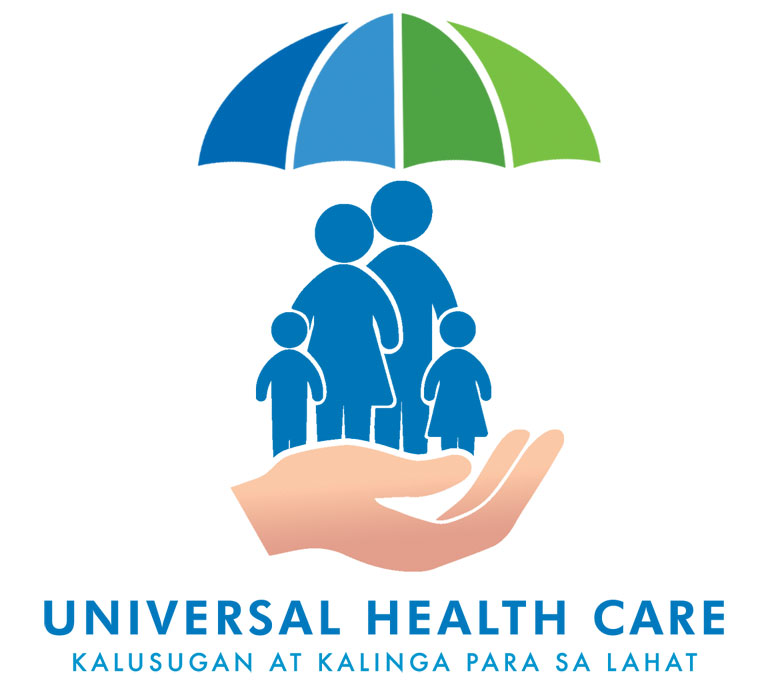Improving the country’s healthcare reach and efficiency

As the Philippines fights the battle against the coronavirus disease 2019 (COVID-19) pandemic, healthcare has become more crucial for many Filipinos. While there are still many hurdles to overcome, recent initial reforms in the system, along with the acceleration of digital, have come in time to attend to Filipinos’ heightened healthcare needs.
Back In April 2021, a report on the country’s healthcare, commissioned and financed by the Embassy of the Kingdom of the Netherlands in the Philippines in cooperation with the Netherlands Enterprise Agency and prepared by Orange Health Consultants (OHC), described Philippine healthcare to be continually changing after a decade of increased public spending on healthcare.
The report also noted that the sector is characterized by “a well-developed private healthcare sector next to the public sector,” as well as a “decentralized” structure, with the National Capital Region and Luzon regions seen to be containing the largest share of both public and private healthcare infrastructure.
“The distribution of health infrastructure as well as human resources is heavily skewed towards [NCR] and Luzon. This physical imbalance is compounded by unequal financial access to health services,” the report noted.
These apparent imbalances in the system are seen to be addressed by the Universal Health Care (UHC) law, or Republic Act No. 11223, which was signed in 2019.
With the UHC law, every Filipino citizen is automatically enrolled in the National Health Insurance Program. Also, the report noted, the law calls for enhancing the effectiveness of health insurance by the major inflow of extra resources to health insurance from restructured sin taxes, as well as for improving local health systems and health infrastructure by means of extra resources to health insurance earmarked to a special fund exclusive for local government units.
As of last October, the Department of Finance said that the UHC will not be compromised by the pandemic, with P80 billion proposed to be allocated this year for the premium subsidies for indirect contributors under the UHC law, which include senior citizens and persons with disabilities.
The following month, the Asian Development Bank (ADB) has approved a $600 million loan to support the UHC program. In a statement, the ADB expects the program to “expand the use of digital tools in and support the Department of Health (DoH) and the Philippine Health Insurance Corp. (PhilHealth) as they implement universal healthcare.” It also said the program will “support local government access to health care workers and facilities, especially in underserved areas.”
Furthermore, OHC’s report stressed that recent reforms in Philippine healthcare also emphasize the strengthening of the Service Delivery Network by means of practicing gatekeeping through a wide network of general p ractitioners and family physicians; complying with established clinical practice guidelines of all medical specialties; providing health services closer to people through mobile clinics, subsidies to patient transport costs, and telemedicine; making emergency medical services available 24/7 even during disasters; and enhancing services by increased use of telemedicine and digital health.
One of the most notable recent advancements in healthcare is that of the increased use of digital tools in efforts to reduce risks of spreading the coronavirus, as well as to make consultations, transactions, and even operations more seamless as possible.
“Digitalization is taking hold in different areas such as e-prescriptions, hospital management information systems, Integrated Clinic Information System (iClinicSys) for primary care facilities, and electronic patients records,” OHC’s report wrote regarding e-health initiatives in the country.
A notable national e-health project is the Philippine Health Information Exchange, a platform designed to integrate and harmonize health data coming from different electronic medical record systems and hospital information systems. It is hoped to address issues such as redundancy in getting information, repeating diagnostic procedures that may have been already facilitated, duplication of treatments, inappropriate medication prescription, and incorrect diagnosis due to insubstantial health history, among others.
Moreover, as OHC’s report observed, the DoH and PhilHealth are collaborating on an integrated decision-support and reporting system to foster and support the optimization of DoH’s nationwide disease registry and PhilHealth’s benefit programs. This partnership aims to develop standards for the continued harmonization of data collection and reporting of PhilHealth, DoH, and partners.
Regarding telemedicine, meanwhile, the DoH and the University of the Philippines (UP) manage the National Telehealth Service Program (NTSP), which aims to expand this service in 4th- to 6th-class municipalities nationwide. Using a mobile and Internet-based interface and triaging system, NTSP facilitates consults between primary care physicians and clinical specialists at UP.
Within the private sector, on the other hand, many telemedicine services have started to surface. Most likely the most well-known among these is KonsultaMD, a subscription-based service that provides 24/7 access to skilled and licensed doctors who can provide safe medical assessment and advice.
While these developments have received a boost, however, challenges have emerged. OHC’s report saw that “the reliance on paper-based administration in the public sector will continue to provide a disincentive” to e-health, while the increased use of telemedicine caused unintended consequences such as billing and reimbursement issues and resistance from doctors to protect physical practices.
Opportunities still abound, nonetheless, for digital solutions to elevate healthcare in the Philippines.
The report notes that e-health, as it picks up fast, creates opportunities to provide systems and software solutions for patient registration and maintenance for patient records, solutions on scoring data to calculate the likelihood of illness and other risks (relevant to complementary health insurance markets), software systems for hospital, laboratory and pharmacy, and clinical decision support services, to name a few.
In its outlook for the Philippines’ health technology market, Ken Research sees the adaptation of technological tools to potentially address difficulties in reaching medical facilities and purchasing medicines, as well as expand healthcare access outside the capital city. “Due to alarming gap in healthcare accessibility and vast unharmonized data, the market is expected to grow exponentially in the coming years,” the market research publisher added in a statement.
In addition, artificial intelligence (AI) has been seen to begin playing a vital role in healthcare. Last June, the Department of Science and Technology launched two AI-powered apps: the CHERISH App that seeks to determine whether a patient has contracted COVID-19 or pneumonia; and the COVID-19 Cases Monitor, a gender-sensitive dashboard that maintains COVID-19 related indicators that are relevant to decision making and appropriate response of the LGU managers. — Adrian Paul B. Conoza



